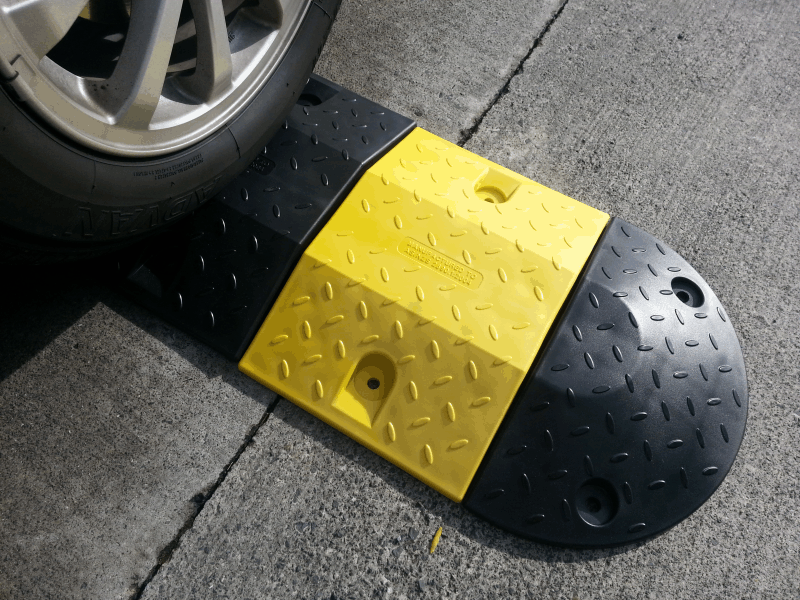Lining - Where it all started.

The first ever road markings that were seen in the UK were in 1918 and the first ever was the famous white line. During the 1920s the rise of painted lines on UK roads grew dramatically but it was not until 1926 that official guidelines of where and how white lines on roads should be used, were introduced. The official word, on what white lines should be used for was carried out by the First Ministry of Transport in 1926.
During the next decade the 30s white lines were used as “stop” lines, at junctions and the traffic flow was controlled by police or traffic lights at these intersections on the road network.
By 1944 the UK had Cats Eyes for nearly ten years and white lines had more strings to their bows. They were now being used to keep traffic in correct lane. It was also used at this time to help motorists to define the boundary of the carriageway they were travelling on and those entrances to side roads and lay-bys.
The 1950s saw the arrival of the yellow lines and the restrictions on waiting, loading and unloading. By 1959 the UK Government had decided that double white lines were to be used to control overtaking. Even more road markings were introduced in the 60s with the yellow box junction, these appeared across the UK at busy road junctions to ease the flow of traffic.





